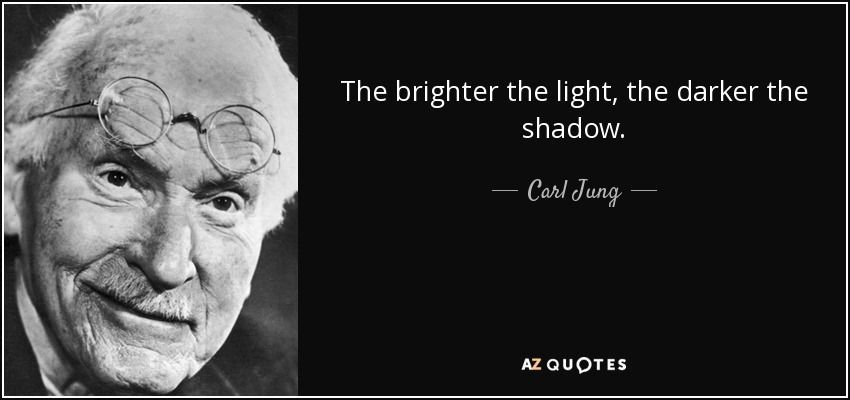
Other reviewers have made general statements about the four archetypes - Mother, Rebirth, Spirit, Trickster - covered in this volume of C.G. Jung's work. For the purpose of this review and as a way of conveying the richness of Jung's archetypes, I will focus on one specific aspect of the Rebirth archetype: Enlargement of Personality.
Jung begins this section with the sentence, "The personality is seldom, in the beginning, what it will be later on." Thus, a kind of metamorphosis is at the very core of our being. This is clear when we reflect on the various stages of childhood and adolescence, most specifically, when we think about the transformation in males from boyhood to manhood and a female's transformation from girlhood into womanhood. Cultural anthropologists have written extensively on the rituals surrounding this life-transforming event within traditional societies.
Here is Jung's next sentence, "For this reason the possibility of enlarging it (personality) exists, at least during the first half of life." Why the first half of life? Simple biology. The most obvious example is the enlargement of personality a baby makes in the first few years, from being an infant to being a walking, talking toddler. And so biology propels the toddler thru the phases of childhood and adolescence right up until the time when the person becomes an adult.
But what about the second half of life, where the enlargements are less biological and more psychic and subtle? Here are Jung's words on the topic, "Therefore, if some great idea takes hold of us from outside, we must understand that it takes hold of us only because something in us responds to it and goes out to meet it." Ultimately, the key to enlargement as an adult is our responding, our own internal movement to what we encounter in our world. This internal movement is underscored when Jung writes, "Richness of mind consists in mental receptivity, not in the accumulation of possessions." I am reminded of one of my spiritual teachers who said, "Don't plateau," which is a warning against being complacent, being unwilling to go out to meet the great ideas, the great ongoing challenges we as adults are given throughout our lives.
Keeping on this topic, a man who has spent many years as a Jungian psychoanalyst told me that when the soul cries out for enlargement and one does not heed this internal call, there is a change, a shift, but the shifting and changing can manifest physically. Perhaps this is why we have an epidemic of obesity in the United States: a large portion of the population will not rise to the challenge to enlarge spiritually and thus the body responds by enlarging physically.
Nietzsche speaks again and again on how the arts, creativity and the spiritual path pose challenges to the individual soul. If an artist is truly an artist, one will expand and enlarge one's personality, continually redefining oneself, a series of rebirths, one after another. Of course, one need not be a Picasso or Mondrian; rather, one is called to be an artist of one's own life. And what of those people who lives are smug and self-satisfied, refusing to transform? Here are Jung's words, "He who is truly and hopelessly little will always drag the revelation of the greater down to the level of his littleness." And then what happens, after many months or even many years, when one finally begins to see one's own life in need of radical transformation? Perhaps this seeing lies behind the mid-life crisis so common in the modern world.
Comments
Post a Comment